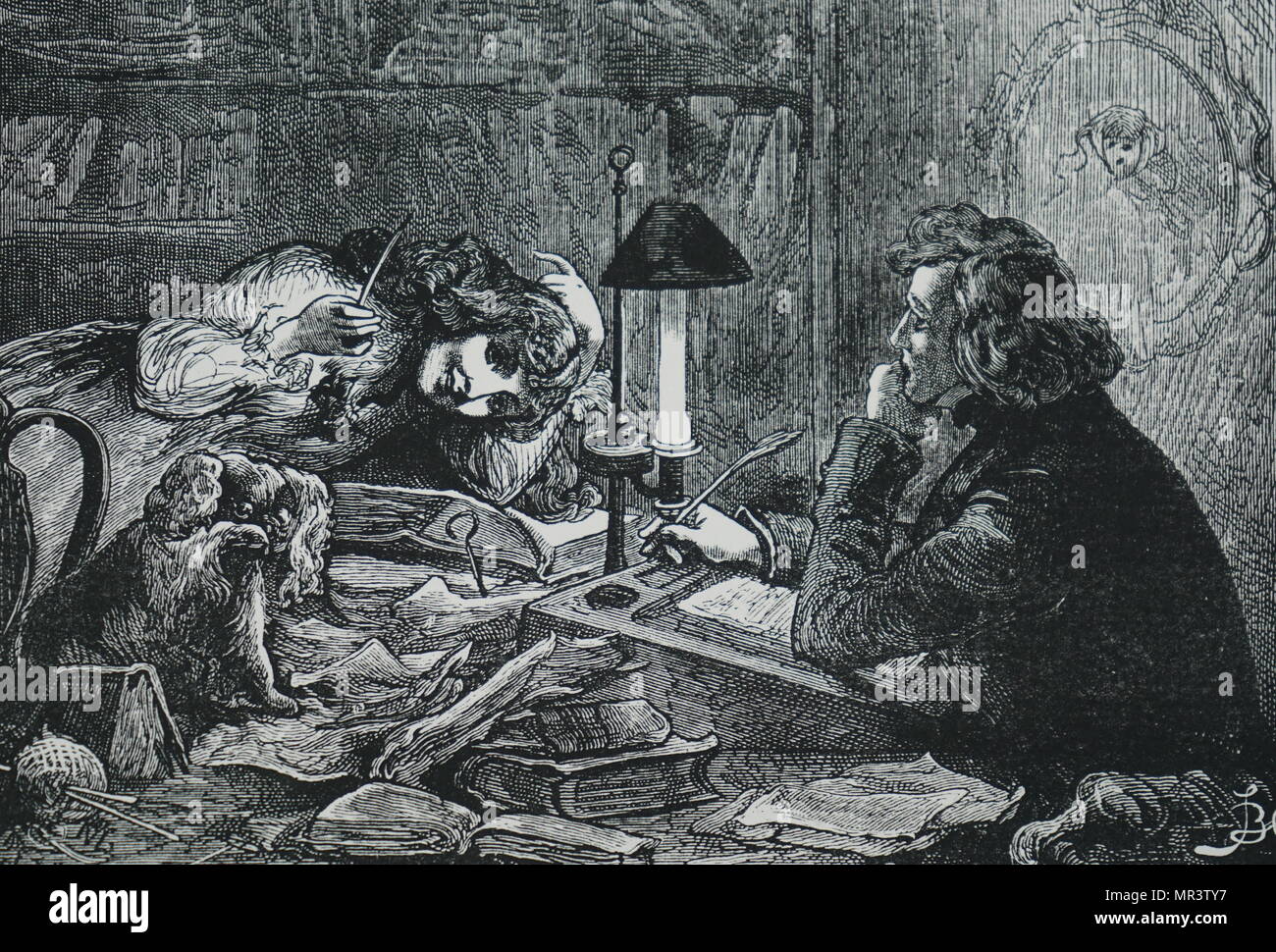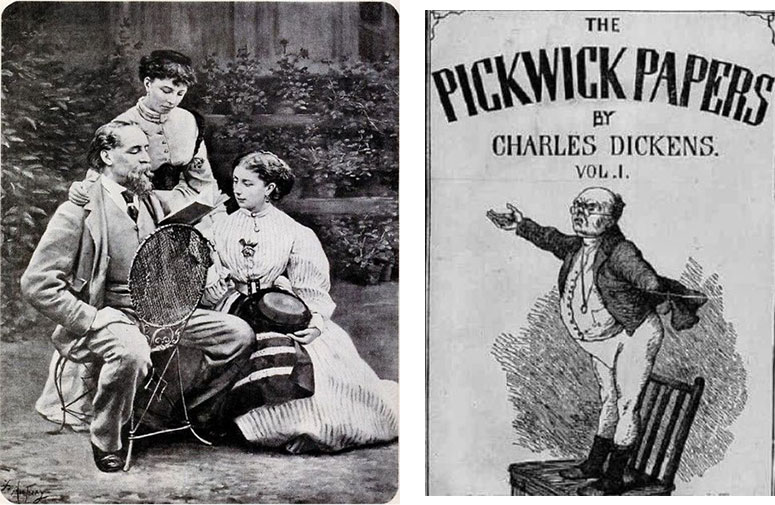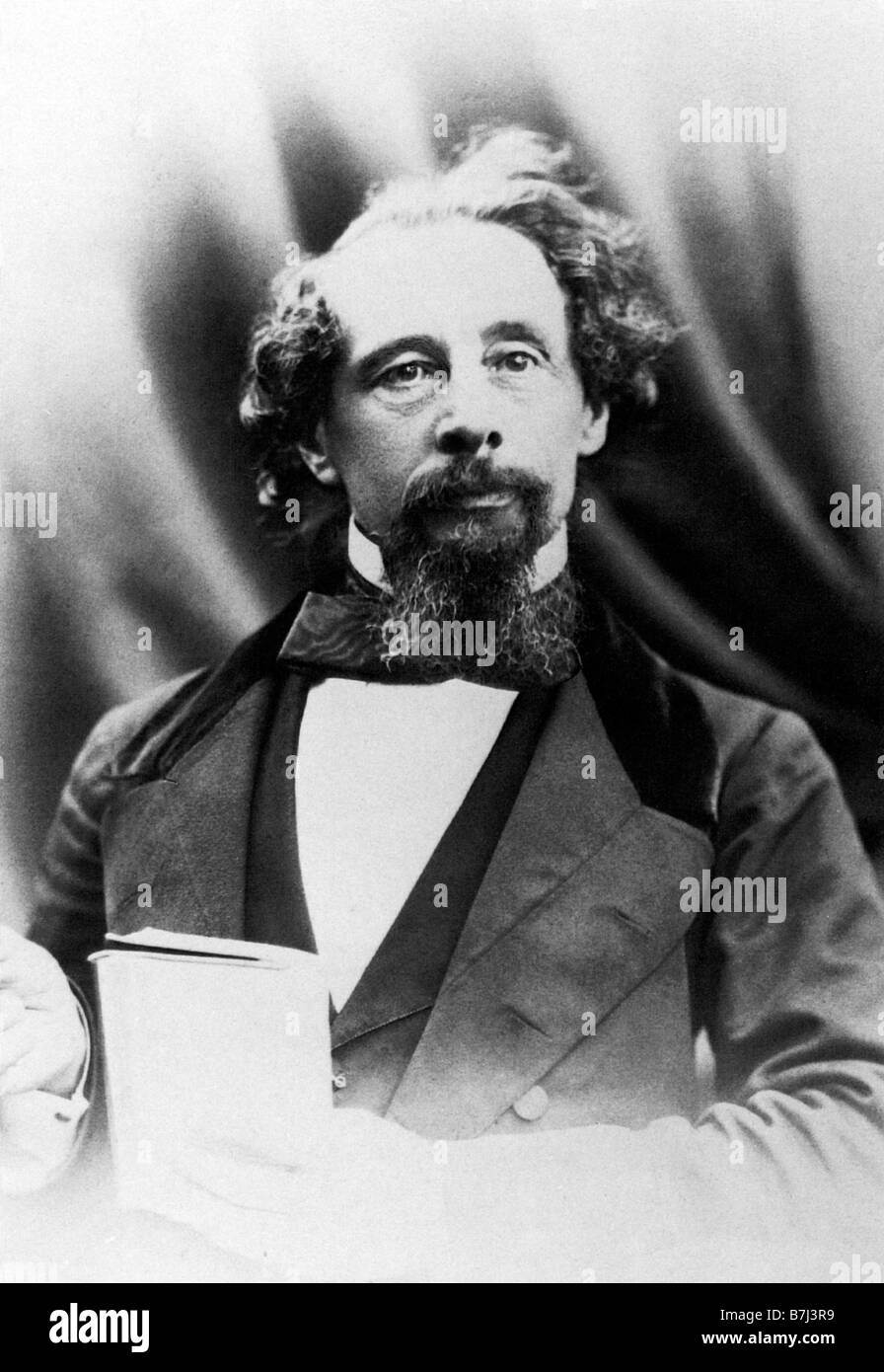

Palermo, Professor of French Studies in an article titled, ‘ Identity under Construction: Representing the Colonies at the Paris Exposition Universelle of 1889’. “In addition to watching Muslims kneel in prayer at the foot of the minaret of the Algerian pavilion, visitors could enter a Kabyle home to observe women weaving at their looms watch a family of New Caledonian Canaques prepare dinner over an open fire or poke their head into the tent of a nomadic desert family,” writes Lynn E.

More than 30 million visitors are known to have attended the 1889 Exposition Universelle in Paris. The colonial pavilion put on display a fine mix of architecture from the colonies alongside a live demonstration of daily life there. By 1889 the French Empire was second only to Britain and the colonial section of the Exposition was designed to showcase Paris’s military might to its rivals. The Eiffel Tower was created specifically for this event. The exhibitions that followed - 1853 New York, 1862 London, 1876 Philadelphia, 1889 Paris, 1897 Brussels, 1900 Paris, 1915 San Francisco and 1933-34 Chicago - were landmarks demonstrating similar themes of industrial development and trade. Other colonies, such as New Zealand, were represented by hand-crafted items made by the Maori tribe. The famed Kohinoor was one of the most popular attractions and so was the Daria-i-Noor which was also once part of Shah Jahan’s peacock throne. For instance, visitors could watch the entire process of cotton production from spinning to finished cloth. “Large, piled-up ‘trophy’ exhibits in the central avenue revealed the organizers’ priorities they generally put art or colonial raw materials in the most prestigious place,” writes historian Sophie Fargon in her essay, ‘ A compendium of Victorian culture’ (2000). (Wikimedia Commons)Įuropeans occupied close to 67 per cent of the world’s land at this time through colonisation and these early exhibitions demonstrated that imperial trading policies were the best means through which one can achieve economic success. The rush to organise such events was based, as Luscombe explains, on “the success of the 1851 Exhibition with its strong emphasis on industrial development and commercial liberalisation and the exhibition’s perceived benefits of foreign and domestic policy benefits.” The famed Crystal Palace in Hyde Park was built specifically for the purpose of the exhibition. While 14 international exhibitions were held in the first 30 years after 1851, the figure nearly became three times in the next 30 years.

Jayne Luscombe in his essay, ‘ World expos and global power relations’, explains that following the 1851 exhibition, there was a cascade of similar events that followed in the western and developing world. The Exhibition of 1851 was a landmark moment of sorts. It was attended by approximately six million people, including important personalities of the time like Charles Dickens, George Eliot and William Makepeace Thackeray. The famed Crystal Palace in Hyde Park was built specifically for the purpose of the exhibition. For Great Britain, this was a moment to proclaim itself as an industrial leader. The Great Exhibition was organised in response to a highly-successful French Industrial exposition of 1844. The Great Exhibition of 1851 in London is often attributed as marking the beginning of a tradition of international exhibitions. The transition from the Industrial Revolution to colonisation, American hegemony, Cold War politics to the rise of the global south can be mapped distinctly in the way countries hosted the Expos and the nature of products put on display. The World Expos were also shaping and reflecting global politics of the times. Also read | India to have the largest pavilion at Expo 2020 Dubai


 0 kommentar(er)
0 kommentar(er)
